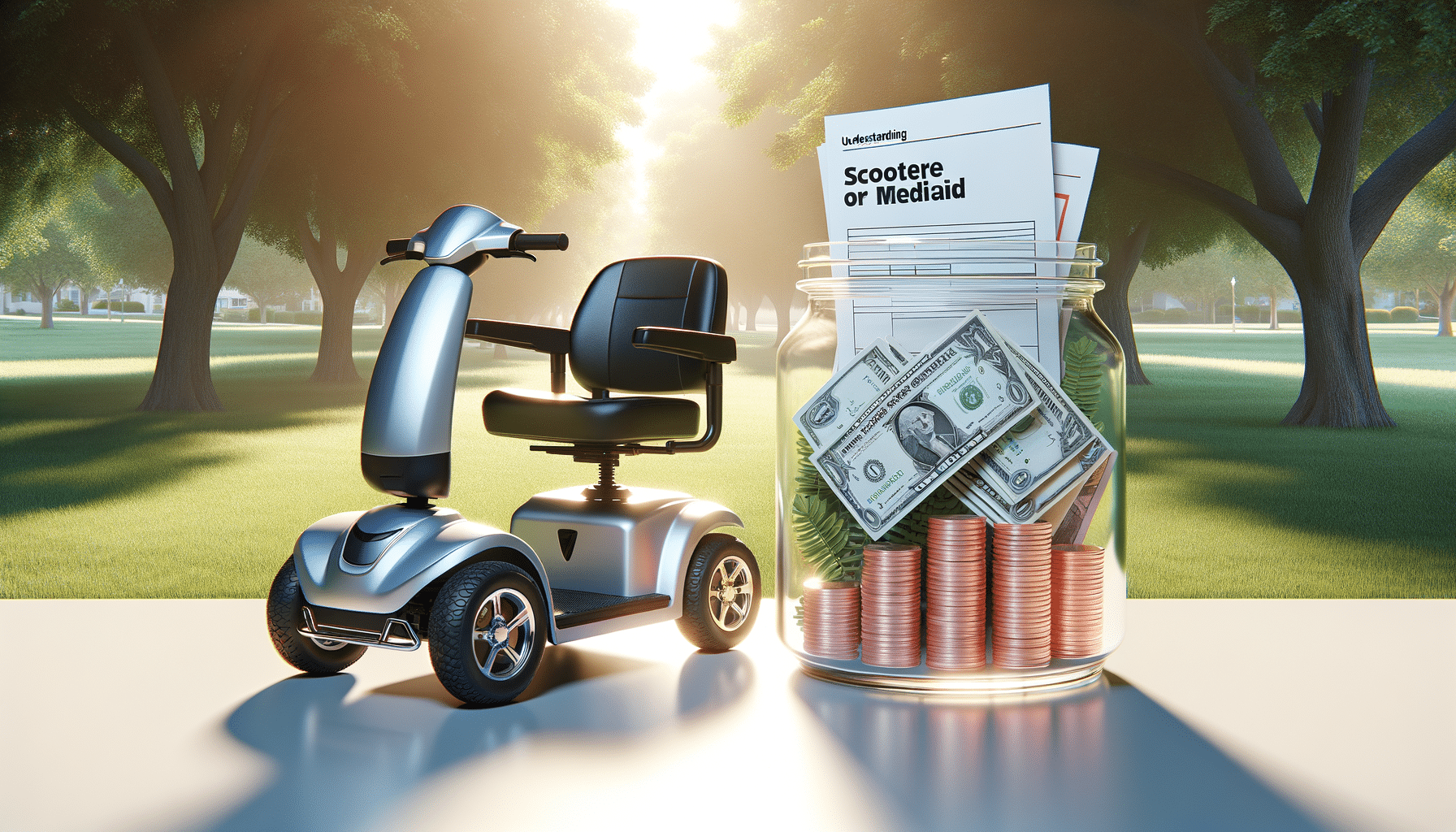
Understanding Scooters Through Medicare or Medicaid
Introduction to Mobility Scooters and Their Importance
Mobility scooters have become a lifeline for many individuals, particularly seniors, who face challenges with mobility. These devices offer an enhanced sense of independence, allowing users to navigate their surroundings with ease and comfort. However, the cost of mobility scooters can be a significant barrier for many. This is where programs like Medicare and Medicaid come into play, offering potential solutions for those in need. Understanding the nuances of these programs can help eligible individuals access the assistance they require, ensuring they maintain their mobility and independence.
Understanding Medicare and Medicaid Coverage for Mobility Scooters
Medicare and Medicaid are government programs designed to assist individuals with healthcare costs, but they differ significantly in their approach and coverage. Medicare is primarily aimed at individuals over 65 or those with specific disabilities, while Medicaid is a state and federal program that assists low-income individuals of all ages. When it comes to mobility scooters, coverage is not guaranteed and often depends on specific criteria being met.
For Medicare, coverage for mobility scooters falls under Part B, which covers durable medical equipment (DME). To qualify, a doctor must prescribe the scooter, and it must be deemed medically necessary for the individual to perform daily activities. Additionally, the supplier of the scooter must be enrolled in Medicare.
Medicaid, on the other hand, varies by state, as each state administers its own program with federal guidelines. Some states may cover mobility scooters under their DME benefits, but eligibility and coverage can differ widely. It is crucial for individuals to check with their state’s Medicaid office to understand the specific requirements and coverage options available to them.
Applying for Medicare-covered Mobility Scooters Fast Near Me for Seniors
For seniors seeking to apply for a Medicare-covered mobility scooter, the process can seem daunting, but understanding the steps involved can expedite the application. First, it is essential to consult with a healthcare provider to discuss the need for a mobility scooter. This conversation should focus on how the scooter will aid in daily living and improve quality of life.
Once a prescription is obtained, the next step is to find a supplier who is enrolled in Medicare. This is crucial, as only enrolled suppliers can provide Medicare-covered equipment. Many suppliers offer assistance in navigating the paperwork and claims process, making it easier for seniors to obtain their scooters.
It’s also beneficial to explore local resources and support groups that can provide guidance and share experiences in obtaining mobility scooters through Medicare. These community resources can offer valuable insights and tips on navigating the system effectively.
Overall, while the process may require patience and persistence, the reward of increased mobility and independence is well worth the effort. By understanding the requirements and taking proactive steps, seniors can successfully secure the mobility aids they need through Medicare.
Conclusion
In conclusion, mobility scooters are vital tools that can significantly enhance the quality of life for seniors and those with mobility challenges. Understanding how to access these through Medicare or Medicaid is essential for those in need. By navigating the eligibility criteria and application processes, individuals can obtain the necessary support to maintain their independence. It’s important to stay informed about the specific requirements and to seek assistance from healthcare providers and local resources to ensure a smooth application process. With the right information and support, acquiring a mobility scooter can be a straightforward and rewarding experience.


